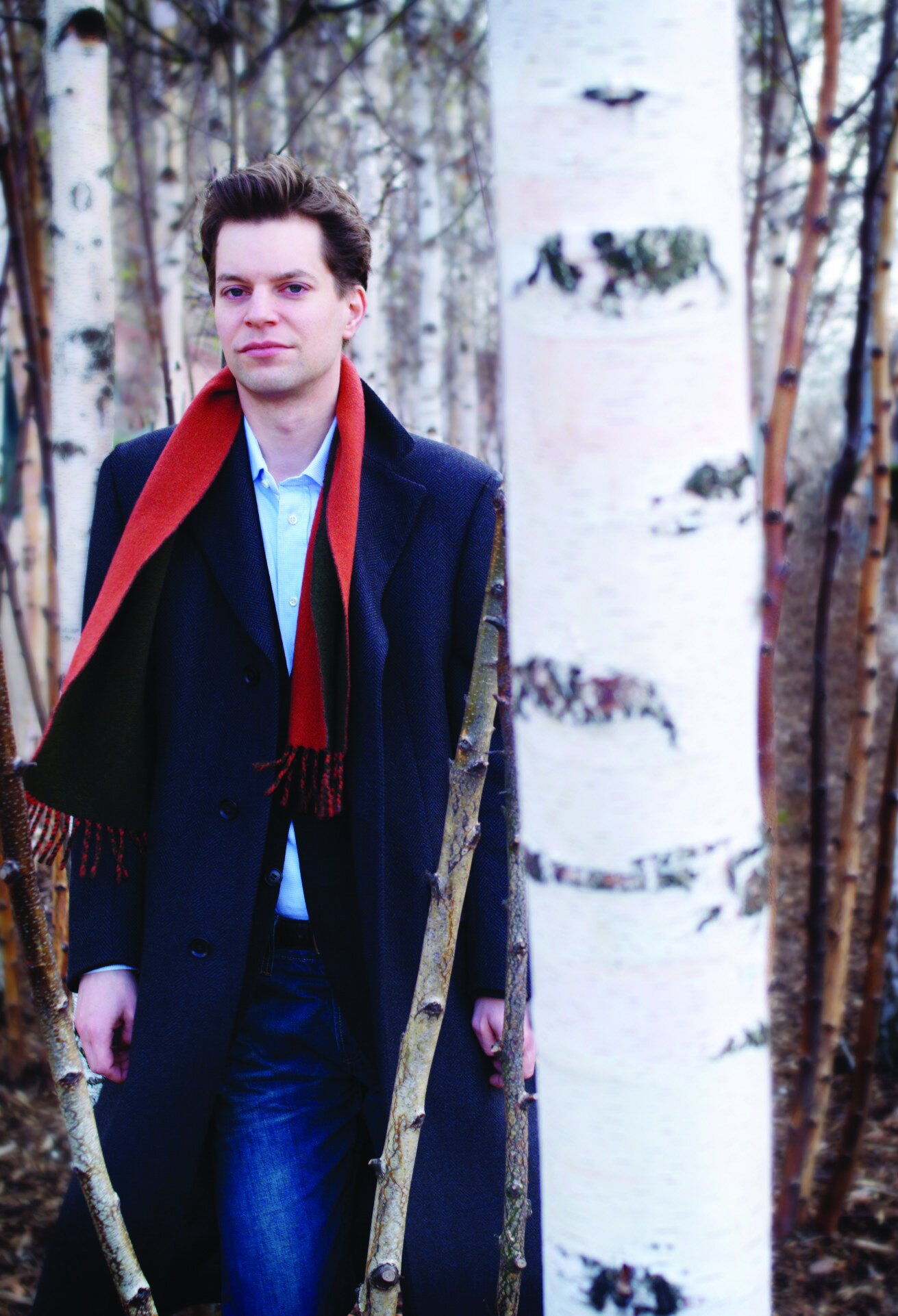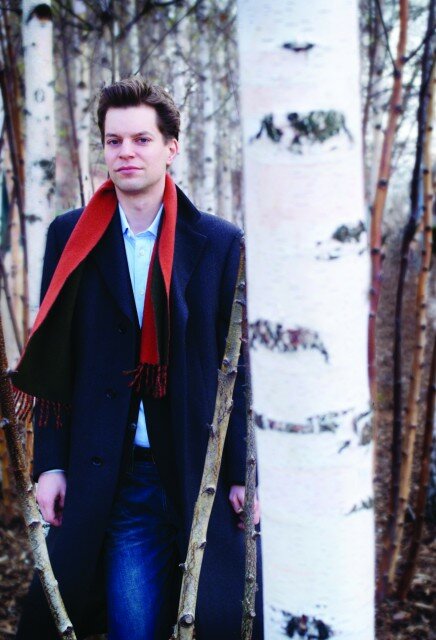The Emerson String Quartet came to mind more than once during the performance by the Modigliani Quartet at Meany Theater Tuesday night. It was not just that the ten-year-old French group of four close friends began as a quartet right after school (maybe in school), nor that within a year of forming it began to win prestigious prizes. It was the musicianship, the close communication that seemed effortless, the fresh outlook and thoughtful interpretation, and the undeniable topflight quality of performance that made the connection.
At the UW International Chamber Music Series Tuesday, the Modigliani began with the last quartet, “No. 3 in E-Flat Major,” by Juan Crisostomo Arriaga, an immensely gifted younger Spanish contemporary of Schubert who died at 19. Not at all a lightweight composition, Arriaga’s work fits into the pantheon of the late Haydn Quartets and of Mozart. The second movement owes something to Vivaldi’s Four Seasons, with its birdsong imitations in the first and second violins and a splendid storm created with tremolos and eerie lulls.
The Modigliani played much in the style of the time: clean, with emotions and energy inside an elegant frame. As a group, the musicians are spare with their vibrato, using a little for expression but often none. Only cellist Francois Kieffer used it continually thought the program.
The last Beethoven Quartet, “No. 16 in F Major,” composed two years later than the Arriaga, is clearly more forward looking, but at the same time, Beethoven here created almost a distillation of his musical ideas, so it is sparer, more concentrated than some of his earlier works. Although in F Major, its extraordinary third movement, profound and unhurried most of the time, was not joyful in the Modigliani’s hands, while the last moody movement, with its repeated emphatic chords, gave the feeling of Fate knocking on the door. It was a riveting performance, but not more so than the Debussy which followed.
The four are playing superb instruments, from a Mariani viola of 1660 with a deep velvety sound to a Goffriller cello from 1706, and violins by Gagliano (1734) and Guadagnini (1780). The musicians have found out how to draw the most responsive sound from them, beautiful, rich and warm, with attack and emphasis where the music demands it, but with no forcing, dragging or pushing to its creation.
They used more vibrato but, again, more as an ornament than as a continual style in Debussy’s only quartet, in G Minor. Where the music required it they merged their voices, while at other times sounding distinct and individual, as though having a conversation, whether in the many plucked-string sections or the muted third movement. The music sounded fresh minted, fresh washed, with its colors glowing.
It was not a capacity audience for this astonishingly gifted quartet, but the listeners at Meany were as quiet as one ever hears them until the end, when they brought the quartet back for two encores — the first a minuet with two trios, Schubert’s D 89, again elegant and sprightly; the second a complete change of pace, a Shostakovich polka which left everybody laughing.
For more of the cultural goings-on in Seattle, connect with us on Facebook, Twitter, and Instagram. You won’t regret it, we promise.

